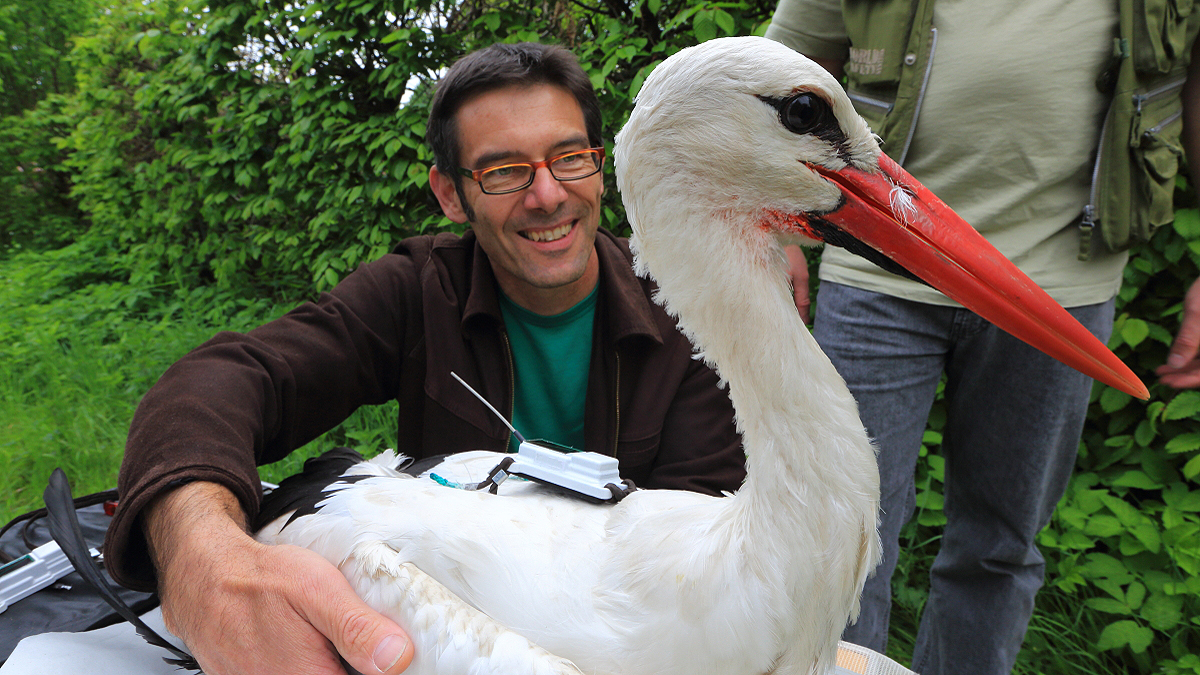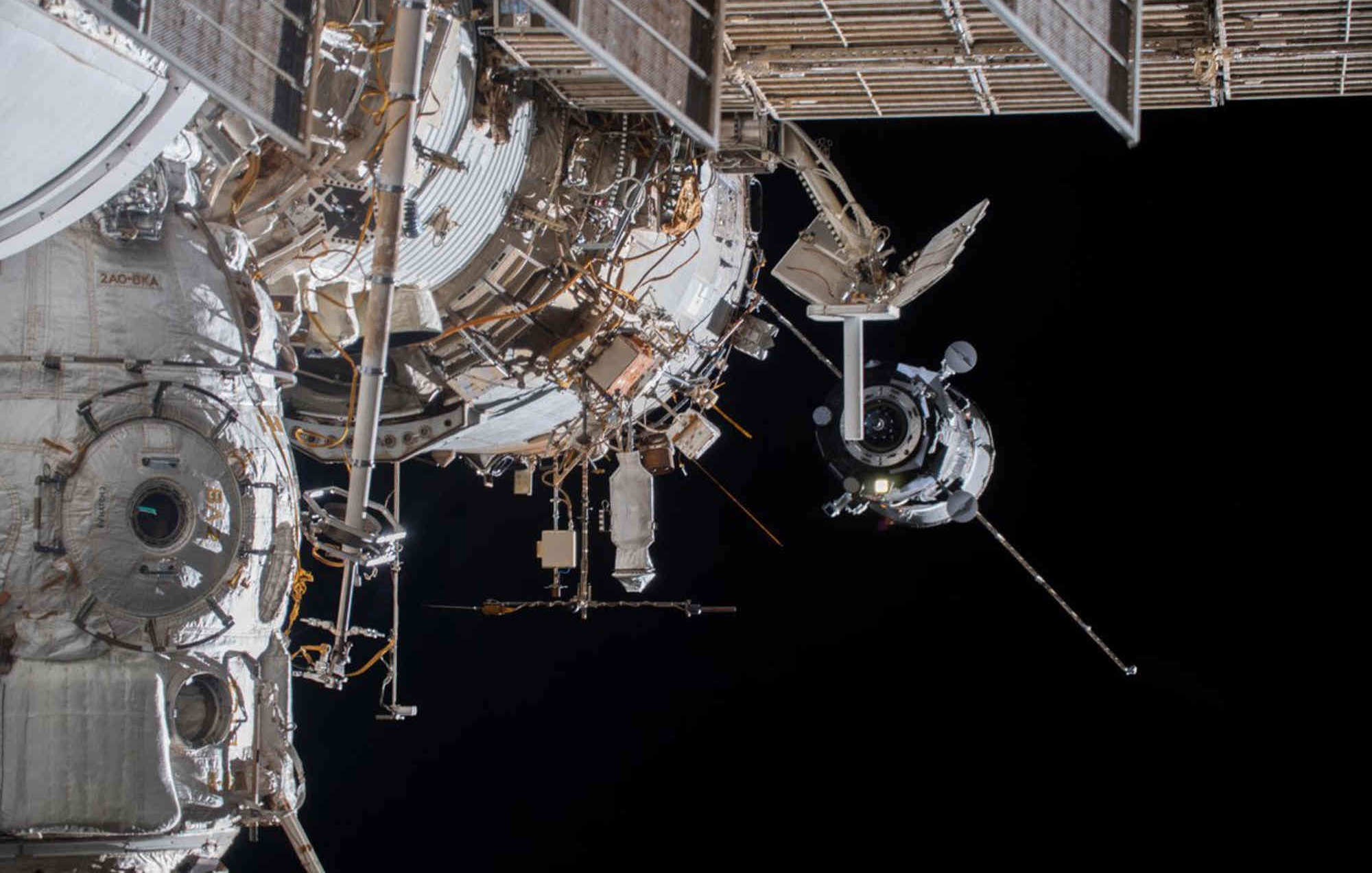This New Space Station Tech Is for the Birds (and All Wildlife, Really)

On board the International Space Station, a new antenna has switched on and is gathering data from tiny tags attached to a very different type of flier.
The antenna is part of a joint German-Russian project called the International Cooperation for Animal Research Using Space, nicknamed ICARUS, which scientists will be able to use to track wildlife, including birds. Two Russian cosmonauts, Oleg Artemyev and Sergey Prokopyev, installed the equipment during a spacewalk they conducted in August 2018.
The antenna was due to turn on July 10, beginning a period of tests to make sure the space- and ground-based pieces of the system are working properly. Mission engineers expect those tests to wrap up later this year, at which point scientists will be able to use the ICARUS system to track animals of a broad range of species as they move around Earth.
Related: These Amazing NASA Images Show Earth from Above
During the testing process, which the team behind ICARUS expects will last three or four months according to a statement from the German space agency, engineers will be looking at background noise in the range that ICARUS uses to communicate and strength of the signals themselves to understand where on Earth the system will be most effective.
The ICARUS antenna picks up signals from transmitter tags that scientists attach to the animals they want to study. Those tags can be particularly lightweight — just 0.2 ounces (5 grams) because the space station orbits much closer to Earth than most satellites that would otherwise be used to track signals, like GPS satellites. Wildlife scientists want the smallest tags possible in order to track smaller species and interfere less with an animal's life.

Scientists working with ICARUS already have their eyes on plenty of different species to sport those tags. Some want to track baby turtles to learn where they spend their youths, a current mystery. Some want to track predators like jaguars to understand how they look for new habitat. Some want to track breeding ducks that can spread diseases between poultry and humans.
Get the Space.com Newsletter
Breaking space news, the latest updates on rocket launches, skywatching events and more!
The ICARUS team has also produced an animal tracking app for the public that will display the locations of individual tagged animals in the hopes that people will input observations that can augment the location data with behavioral notes.
- Stunning Ice-Covered Great Lakes Seen from Space (Photo)
- Weird Rectangular Iceberg in Antarctica Isn't Alone, NASA Photos Show
- In Photos: Antarctica's Larsen C Ice Shelf Through Time
Email Meghan Bartels at mbartels@space.com or follow her @meghanbartels. Follow us on Twitter @Spacedotcom and on Facebook.
Join our Space Forums to keep talking space on the latest missions, night sky and more! And if you have a news tip, correction or comment, let us know at: community@space.com.

Meghan is a senior writer at Space.com and has more than five years' experience as a science journalist based in New York City. She joined Space.com in July 2018, with previous writing published in outlets including Newsweek and Audubon. Meghan earned an MA in science journalism from New York University and a BA in classics from Georgetown University, and in her free time she enjoys reading and visiting museums. Follow her on Twitter at @meghanbartels.
